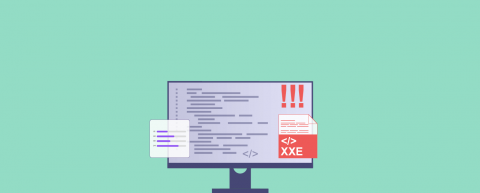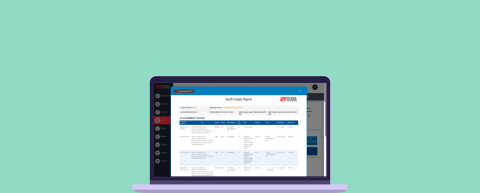13 Top Bot Management Software in the Market for 2024
How do you approach bot management? For certain businesses, the optimal approach could involve selecting a single bot management software to meet their existing bot detection and management needs. For some companies, combining behavioural analytics for identifying malicious bot behaviour and a WAF (WAAP) to defend against vulnerability exploits, DDoS attacks, and API security breaches is essential.











